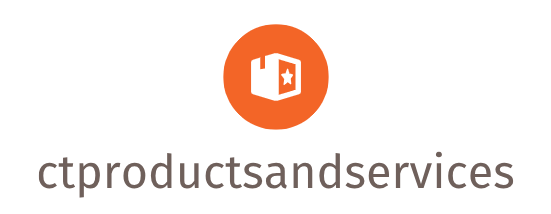
Understanding Your Target Audience
Before you even think about launching your product, you need a laser-focus on your ideal customer. Who are they? What are their needs and pain points? What are their demographics and online behavior? Thorough market research is crucial here. Don’t rely on assumptions; use data. Surveys, focus groups, and analyzing competitor strategies can paint a clear picture of your target audience and inform your entire Go-to-Market (GTM) strategy. The more you understand your customer, the better you can tailor your messaging and reach them effectively.
Defining Your Value Proposition
What makes your product or service unique? What problem does it solve better than the competition? Your value proposition needs to be crystal clear and concise. It’s the core message that will resonate with your target audience and drive conversions. This isn’t just about features; it’s about benefits. Highlight how your product improves your customer’s life, saves them time or money, or solves a nagging problem. A strong value proposition forms the foundation of all your marketing and sales efforts.
Crafting a Compelling Marketing Message
With your value proposition defined, you need to translate it into compelling marketing materials. This includes your website copy, social media posts, email campaigns, and any advertising you’re running. Your messaging should be consistent across all channels and speak directly to the needs and desires of your target audience. Think about the language you use – is it approachable and relatable? Does it highlight the benefits clearly and concisely? Testing different messaging approaches is vital to optimizing your marketing efforts.
Choosing the Right Marketing Channels
Not all marketing channels are created equal. The best channels for your product will depend on your target audience and your budget. Consider factors like your audience’s preferred social media platforms, their online behavior, and the cost-effectiveness of different advertising options. Experiment with different channels to see what delivers the best results. You might find that a combination of paid advertising, organic social media, content marketing, and email marketing is the most effective approach for reaching your target audience.
Building a Strong Sales Process
Even with the best marketing, you need a robust sales process to convert leads into customers. This involves defining your sales stages, developing effective sales scripts, and training your sales team. Consider using CRM software to manage your leads and track your progress. A well-defined sales process ensures that your leads are nurtured effectively and that your sales team is equipped to handle objections and close deals. A strong sales process is crucial for achieving your revenue goals.
Establishing a Feedback Loop
Launching your product is not the end of the process; it’s just the beginning. You need to continuously collect feedback from your customers to improve your product and your GTM strategy. This could involve surveys, customer interviews, reviews, or social media monitoring. Use this feedback to iterate on your product, refine your messaging, and optimize your marketing and sales efforts. A continuous feedback loop ensures that your product remains relevant and competitive in the long term.
Strategic Partnerships and Alliances
Collaborating with complementary businesses can significantly boost your reach and credibility. Strategic partnerships can open up new markets, provide access to valuable resources, and accelerate your growth. Identify businesses that serve a similar customer base or offer products that complement yours. Exploring joint ventures, affiliate marketing, or co-marketing campaigns can broaden your customer base and increase brand awareness.
Measuring and Analyzing Your Results
Tracking key metrics is essential for understanding the effectiveness of your GTM strategy. Use analytics tools to monitor your website traffic, conversion rates, customer acquisition costs, and other relevant metrics. Regularly analyze your data to identify areas for improvement and make data-driven decisions. This iterative process allows you to optimize your GTM strategy over time and maximize your return on investment (ROI). Click here about go to market strategy






.jpg)


